Books
06.21.13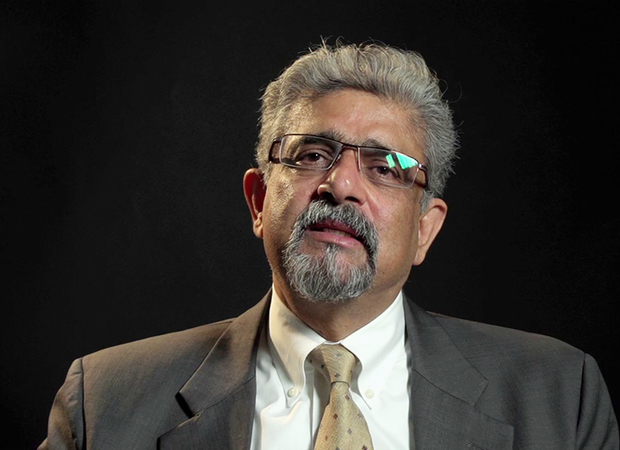
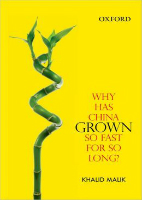
Why Has China Grown So Fast For So Long?
For analysts China presents a conundrum. It is clear that China has made rapid progress, and the landscape of the world is changing due to China’s unique position. Yet for decades, many have questioned this phenomenon, showing concern about cooked data, asset bubbles about to burst, and so on. Yet the Chinese economy has kept growing at a blistering pace, 9-10 per cent annually, and more at times, over a span of almost three decades.Analysing the last 30 years of reforms, this book helps us understand the Chinese growth success, the factors that made this possible, and the lessons that can be distilled from this experience for other developing countries. Arguing that traditional explanations are inadequate, the author applies the “development as transformation” thesis to provide answers to a wide range of questions: Why has China grown so rapidly over such a long time, and what are the country’s prospects in the future? Will it keep growing? Will it in the next few decades actually overtake the US as the largest economy in the world, as some observers have been forecasting, or will it implode as the many contradictions in the economy and society grind it to a halt? This is a unique book in that it is based on years of close interaction with the Chinese leadership, institutions, and society, as well as international organizations in the development community, when the author was posted in China. —Oxford University Press
Sinica Podcast
06.07.13
What China is Getting Right
from Sinica Podcast
Complain as we might about life in China, the last thirty-four years or so haven’t been all bad: we have seen three decades of roughly ten percent GDP growth, a whole lot of people eating a whole lot better than they did, and impressive progress...
Reports
06.01.13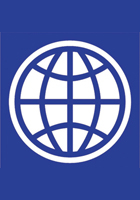
Inequality in China
World Bank
This paper provides an overview of research on income inequality in China over the period of economic reform. It presents the results of two main sources of evidence on income inequality and, assisted by various decompositions, explains the reasons...
Media
05.17.13
Chinese Anxiety—In Debate About Overwork, a Glimpse of Shifting Expectations
Almost half of all Chinese report feeling “more anxiety” now than they did five years ago. What, exactly, is driving these concerns, or increasing reports of these concerns? Avid followers of China-related news might immediately think of censorship...
Books
05.15.13
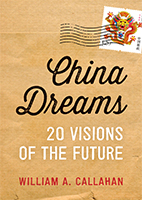
China Dreams
After celebrating their country’s three decades of fantastic economic success, many Chinese now are asking, “What comes next?” How can China convert its growing economic power into political and cultural influence around the globe? William A. Callahan's China Dreams gives voice to China’s many different futures by exploring the grand aspirations and deep anxieties of a broad group of public intellectuals. Stepping outside the narrow politics of officials vs. dissidents, Callahan examines what a third group—“citizen intellectuals”—think about China’s future. China Dreams eavesdrops on fascinating conversations between officials, scholars, soldiers, bloggers, novelists, filmmakers and artists to see how they describe China’s different political, strategic, economic, social and cultural futures. Callahan also examines how the P.R.C.’s new generation of twenty- and thirty-somethings is creatively questioning “The China Model” of economic development. The personal stories of these citizen intellectuals illustrate China’s zeitgeist and a complicated mix of hopes and fears about “The Chinese Century,” providing a clearer sense of how the PRC’s dramatic economic and cultural transitions will affect the rest of the world. China Dreams explores the transnational connections between American and Chinese people, providing a new approach to Sino-American relations. While many assume that 21st century global politics will be a battle of Confucian China vs. the democratic west, Callahan weaves Chinese and American ideals together to describe a new “Chimerican dream.” —Oxford University Press
Books
05.03.13
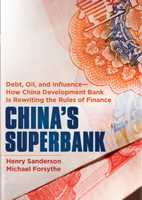
China’s Superbank
Anyone wanting a primer on the secret of China’s economic success need look no further than China Development Bank (CDB)—which has displaced the World Bank as the world’s biggest development bank, lending billions to countries around the globe to further Chinese policy goals. In China’s Superbank, Bloomberg authors Michael Forsythe and Henry Sanderson outline how the bank is at the center of China’s domestic economic growth and how it is helping to expand China’s influence in strategically important overseas markets.100 percent owned by the Chinese government, the CDB holds the key to understanding the inner workings of China’s state-led economic development model, and its most glaring flaws. The bank is at the center of the country’s efforts to build a world-class network of highways, railroads, and power grids, pioneering a lending scheme to local governments that threatens to spawn trillions of yuan in bad loans. It is doling out credit lines by the billions to Chinese solar and wind power makers, threatening to bury global competitors with a flood of cheap products. Another $45 billion in credit has been given to the country’s two biggest telecom equipment makers who are using the money to win contracts around the globe, helping fulfill the goal of China’s leaders for its leading companies to “go global.”Bringing the story of China Development Bank to life by crisscrossing China to investigate the quality of its loans, China’s Superbank travels the globe, from Africa, where its China-Africa fund is displacing Western lenders in a battle for influence, to the oil fields of Venezuela. As China’s influence continues to grow around the world, many people are asking how far it will extend. China’s Superbank addresses these vital questions, looking at the institution at the heart of this growth. —Bloomberg Press
Reports
05.01.13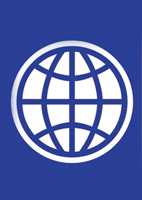
A Changing China: Implications for Developing Countries
World Bank
Three decades of rapid growth and structural change have transformed China into an upper-middle-income country and global economic powerhouse. China's transformations over this period wielded increasing influence over the development path of...
Reports
03.27.13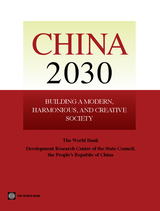
China 2030: Building a Modern, Harmonious, and Creative Society
World Bank
Can China’s growth rate still be among the highest in the world even if it slows from its current pace? And can it maintain this rapid growth with little disruption to the world, the environment, and the fabric of its own society? This report...
ChinaFile Recommends
03.22.13China Growing Strongly, Risks Manageable
Reuters
Recent simulations by the Organisation for Economic Co-operation and Development suggest that China could maintain high, though gradually easing, growth during the current decade, averaging 8 percent in per capita terms.
Books
02.12.13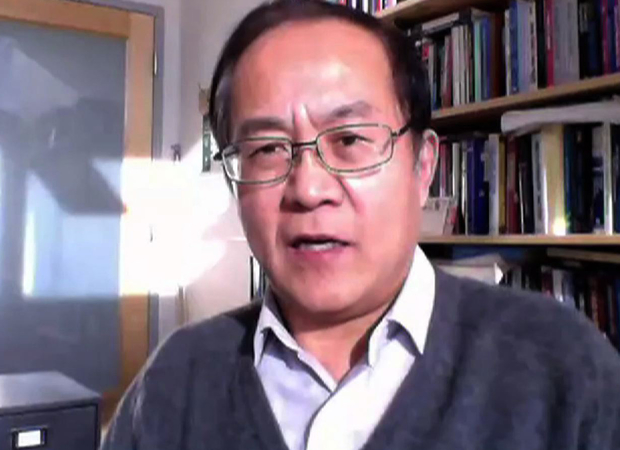
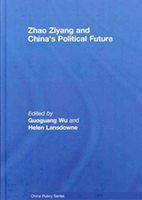
Zhao Ziyang and China’s Political Future
What legacies have previous reformers like Zhao Ziyang left to today’s China? Does China have feasible political alternatives to today’s repressive ‘market Leninism’ and corrupt ‘state capitalism’? Does Zhao’s legacy indicate an alternative to the past and for the future?For those who are familiar with the development of Chinese politics since the reform years, Zhao is now widely regarded as a major architect of the nation’s profound transition. His contributions to China’s post-Mao development are rich and multi faceted, including those on rural and urban economic reforms extending to accountable governance, liberal policies concerning domestic affairs and China’s foreign relations.Featuring contributions from leading experts in the field such as Richard Baum and Xiaonong Cheng, this book explores the historical development of China’s political reform issues, and how his political legacies are relevant to China’s political development since the 1980s to the future. Using recently translated recollection articles by veteran reformers who worked with Zhao in the 1980s, like Du Runsheng, An Zhiwen, Li Rui, Bao Tong, Zhao Ziyang and China's Political Future is a valuable contribution for students and researchers interested in the Chinese politics, Asian politics and political development in Asia.—Routledge
Books
01.24.13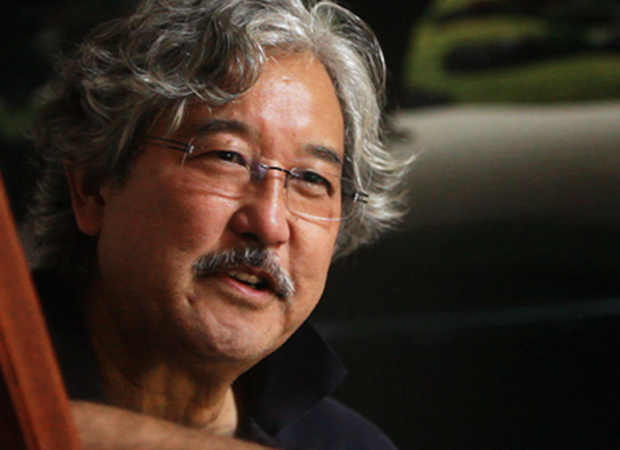

Shangri-La
The legendary Chamagudao, the Tea Horse Road, winds through dizzying mountain passes, across famed rivers like the Mekong and the Yangtze, and past monasteries and meadows in a circuitous route from Sichuan and Yunnan provinces in western China to the Tibetan capital city of Lhasa. Actually a network of roads, trails, and highways, rather than one distinct route, the Chamagudao once stretched for almost 1400 miles (2350 km)—a conduit along which the historic trade between the mighty Chinese empire and the nomadic Tibetans linked remote villages and ethnic groups. The Chinese military needed strong horses for their wars against Mongol invaders from the north, and the fiercely religious Tibetans desired tea for sacred rituals and sustenance. Once tea was introduced into Tibet around the 10th century, demand for it grew. Tea soon became a staple for Tibetans, especially when combined with their other staple, yak butter. But with Tibet’s extreme temperatures and altitudes, tea cultivation on a large scale was impossible. This set the stage for the tea-horse trade, which, by the 11th century, flourished along the Chamagudao, continuing until the 1950s. But getting these prized commodities to their growing markets was no easy feat. To transport the tea over the mountains meant many months of hard and dangerous travel for the hundreds of porters.Today, as Chinese culture merges with and even absorbs Tibetan traditions, the Tea Horse Road is a relic of a vastly different time. The Chinese are rapidly paving dirt roads to make highways for cars and trucks. Soon there will be little evidence of this once vital trade route. Though horses are no longer a military imperative for the Chinese army, Tibet has a new commodity that is in much demand in China. A homely caterpillar infected by a parasitic fungus has replaced the horse trade in Tibet. The yartsa gombu is prized for its medicinal qualities. Now Tibetans nomads drive Land Cruisers and motorcycles instead of horses, thanks to the profits they make collecting and selling the miracle mushroom worth more than gold. So trade continues, even though relics of the tea-horse trade are becoming harder to find. Following the Chamagudao, this book is a rare intimate look into the changing world of Tibet—both ancient and modern, sacred and commonplace, the rarefied and the gritty—before the legends and mysteries of the Tea Horse road disappear into the Tibetan mist. —White Star {chop}
ChinaFile Recommends
01.20.13China’s Inequality Index Highlights Urgency for Distribution Reforms
Global Times
The first rich-poor index for the past decade paints a far-from-rosy picture of what must be done to bridge the wealth gap.
Reports
01.08.13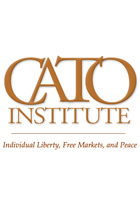
China, America, and the Pivot to Asia
Luo Xiaoyuan
Cato Institute
Despite the United States’ focus on the Middle East and the Islamic world for the past decade, the most important international political developments in the coming years are likely to happen in Asia. The Obama administration has promoted a “pivot...
ChinaFile Recommends
11.08.12China: Does It Have to Become more like us?
BBC
Economic history teaches us that China is likely to get stuck in the middle: neither a poor economy nor a rich one.
Reports
11.01.11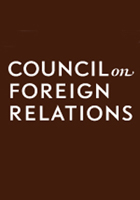
What Drives CNH Market Equilibrium?
He Jianan
Council on Foreign Relations
The recent rapid growth of the offshore renminbi market presents a puzzle for analysts of China's development strategy. By allowing renminbi to flow offshore uncontrolled before loosening government controls over internal financial markets,...
Reports
11.01.11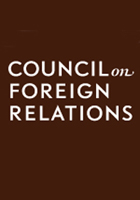
The Internationalization of the RMB: Opportunities and Pitfalls
He Jianan
Council on Foreign Relations
China is making swift strides toward internationalizing its currency, the renminbi, but it must be careful when sequencing these changes. Without the proper reforms, wide-open Chinese financial markets would be vulnerable to massive flows of foreign...
Reports
11.01.11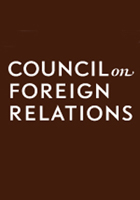
Historical Precedents for Internationalization of the RMB
He Jianan
Council on Foreign Relations
The twentieth century saw the rise of the US dollar, the German mark, and the Japanese yen as international currencies. Now the Chinese renminbi is on a similar course toward reserve currency status, but its path is deviating from those of its...
Reports
09.23.10
China’s Sovereign Wealth Fund: Developments and Policy Implications
Peony Lui
Congressional Research Service
China’s ruling executive body, the State Council, established the China Investment Corporation (CIC), a sovereign wealth fund, in September 2007 to invest $200 billion of China’s then $1.4 trillion in foreign exchange reserves. As with other...
The NYRB China Archive
09.14.10Booming China, Migrant Misery
from New York Review of Books
At the beginning of September, a Beijing criminal court announced a decision that called attention to the difficult and sometimes tragic circumstances of millions of migrant workers in China who have left their countryside homes to work for low...
Reports
12.01.07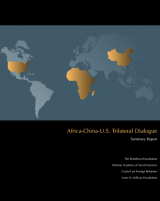
Africa-China-U.S. Trilateral Dialogue
He Jianan
Council on Foreign Relations
Over the course of the last thirteen months, delegates from Africa, China, and the United States have met three times in an effort to identify strategies of cooperation among their respective nations with the goal of accelerating economic...



